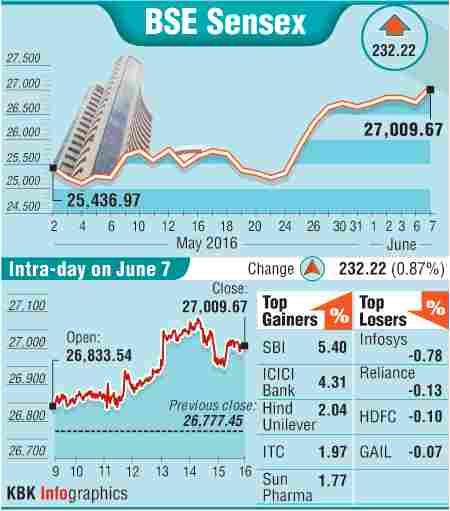Understanding the intricate world of financial markets can be daunting, but with the right knowledge, you can navigate its complexities and potentially reap significant rewards. This comprehensive guide aims to unravel the enigmatic world of BSE options trading, providing beginners with a roadmap to navigate this dynamic landscape with confidence. By delving into the history, fundamental concepts, and practical applications of options trading, we’ll empower you to make informed decisions and potentially enhance your financial literacy.

Image: www.bqprime.com
Unlocking the History and Evolution of BSE Options Trading
The Bombay Stock Exchange (BSE) stands as a testament to India’s vibrant financial landscape, with origins tracing back to 1875. The introduction of options trading in 2002 marked a watershed moment for the exchange, transforming it into a comprehensive platform catering to an array of financial instruments. Options, being derivatives that derive their value from underlying assets such as stocks, indices, or currencies, provide investors with a spectrum of strategies to potentially mitigate risk and amplify returns.
Demystifying the Fundamental Concepts of BSE Options Trading
At the heart of options trading lies the concept of risk management. Options empower traders to hedge their positions, effectively creating an insurance policy against adverse market movements. By purchasing an option, the trader obtains the right, but not the obligation, to buy (call option) or sell (put option) the underlying asset at a predetermined price (strike price) on or before a specific date (expiration date). This flexibility allows traders to tailor their strategies to align with their risk tolerance and market outlook.
Types of Options and Their Applications
Options trading encompasses two primary types: call options and put options. Call options confer upon the buyer the right to purchase the underlying asset at the strike price on or before expiration, potentially profiting should the asset’s price surge. Conversely, put options grant the buyer the right to sell the asset at the strike price, potentially profiting if the asset’s price plummets. Understanding the dynamics of these different options enables traders to strategically position themselves based on their market expectations.

Image: www.rediff.com
Real-World Applications in BSE Options Trading
The versatility of options makes them a valuable tool for navigating various market scenarios. Here are three common applications:
Hedging Risk:
Options provide a potent tool for reducing risk exposure. For instance, an investor holding a large stock position can purchase a put option to protect against potential losses if the stock price tumbles. Conversely, an investor anticipating an uptrend in a stock’s value can employ a call option to cap their potential losses if the market moves against them.
Profiting from Stock Market Movements:
Options trading offers traders the potential to capitalize on anticipated stock price fluctuations. When expecting a sharp increase, one can purchase call options to amplify their returns. Conversely, by purchasing put options, traders can potentially profit from downtrends in the stock market.
Generating Income:
Selling options, a strategy known as option writing, can be employed to generate income. By selling options, traders receive a premium upfront, with the potential for additional returns if the market favors them. However, option writing carries inherent risks, and traders should thoroughly understand these risks before engaging in such strategies.
Essential Factors to Consider in BSE Options Trading
A comprehensive understanding of these key factors is essential for success in BSE options trading:
Open Interest:
Open interest represents the number of outstanding contracts for a particular option, reflecting the market’s sentiment and the demand for that option. High open interest typically indicates increased trading activity and potential liquidity.
Volatility:
Volatility measures the magnitude of price fluctuations in the underlying asset. Options typically become more expensive when volatility rises, as they provide greater protection against potential market swings. Traders should carefully assess the volatility of the underlying asset before entering into options contracts.
Implied Volatility:
Implied volatility is an estimate of future volatility derived from market prices. It provides insights into the market’s expectations regarding future price movements and can influence the premiums charged for options.
Bse Options Trading
https://youtube.com/watch?v=hvg26ZZD_e8
Conclusion
BSE options trading offers a dynamic and versatile platform for magnifying returns and managing risk in an ever-evolving financial landscape. By grasping the fundamental principles, recognizing different types of options, understanding their practical applications, and heeding the key factors influencing their value, traders can navigate the world of options trading with greater confidence. Remember, thorough research, strategic planning, and risk management should always be at the forefront of your investment decision-making to maximize your potential for success in BSE options trading.






